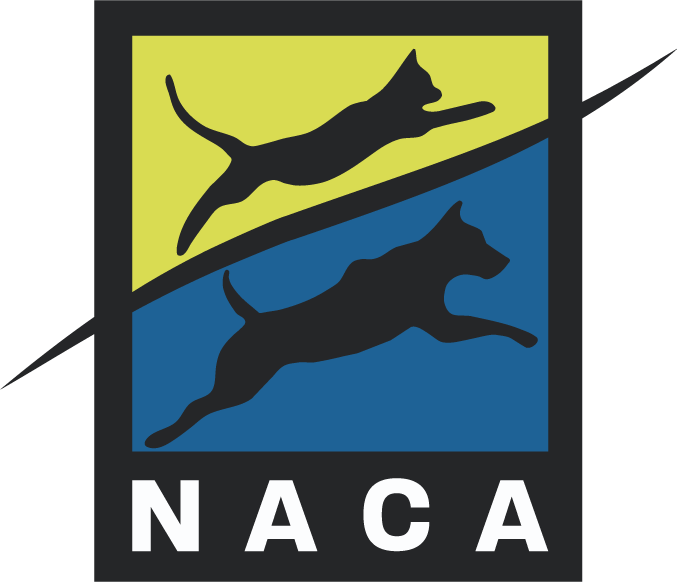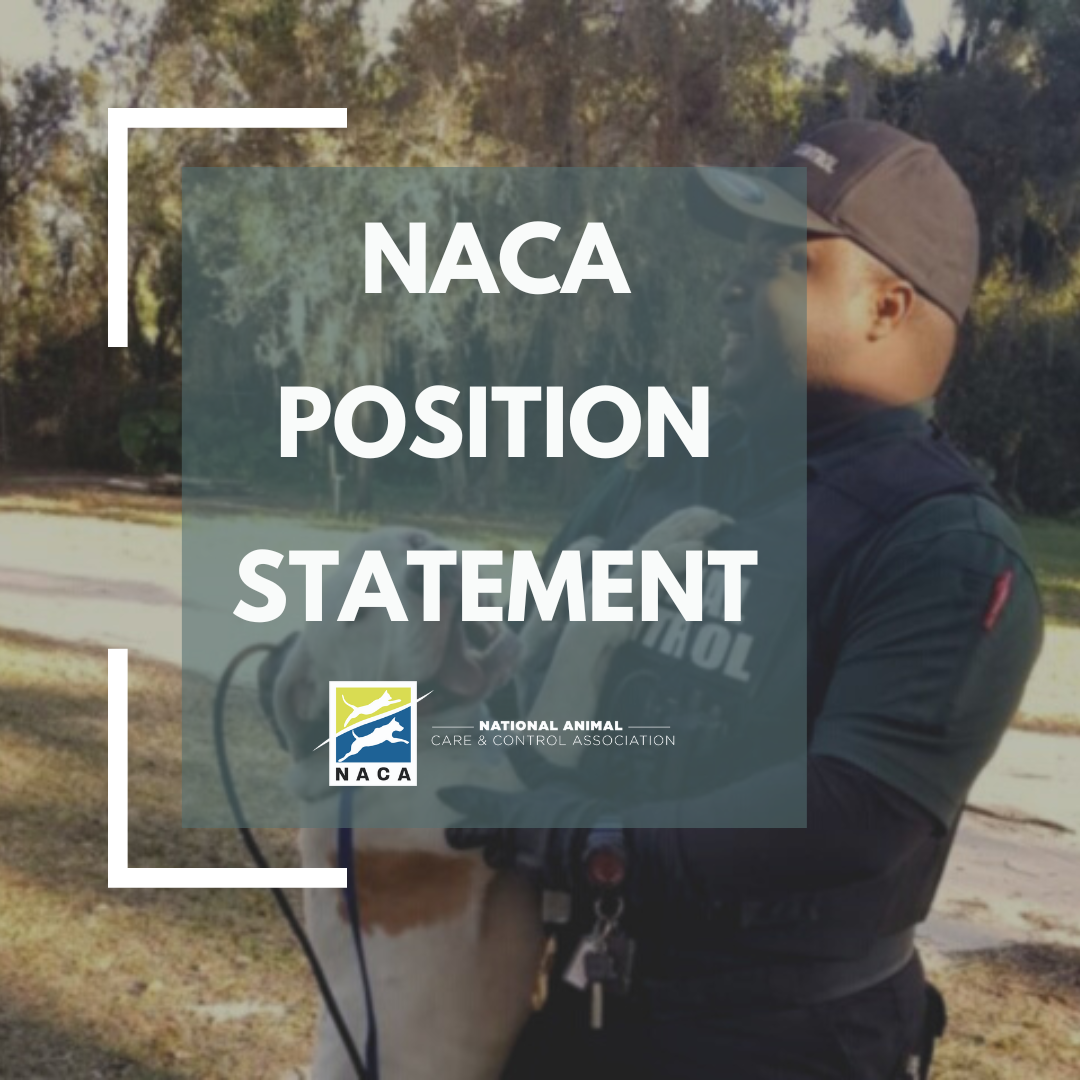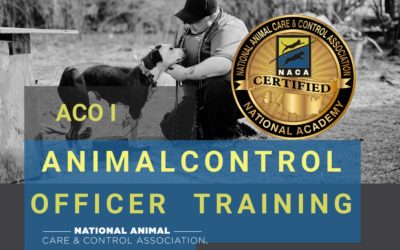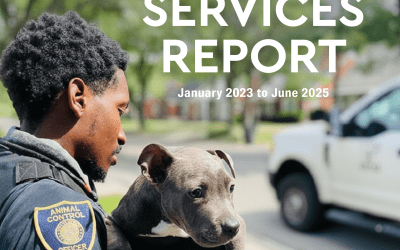NACA Statement on Support of Updated Association of Shelter Veterinarian Guidelines
NACA leadership has reviewed the guidelines for standards of care in animal shelters issued in December 2022 by the Association of Shelter Veterinarians (ASV) and is pleased to provide an endorsement of this robust resource for shelter professionals. This is the first revision of the document, which was originally published in 2010.
At NACA, we feel the most significant updates to the 2022 version of the ASV guidelines center around the need for shelters to manage intake at all costs in order to ensure adequate care can be provided for the animals once they enter the shelter system. While “Both documents share the guiding principle that meeting each animal’s physical and emotional needs is the fundamental obligation of a shelter regardless of the mission of the organization or the challenges involved in meeting those needs”, the Second Edition focuses more heavily on the idea that prevention of intake is the solution to compliance with a capacity of care standards.
Shelters across America, and in particular municipal shelters, are facing an unprecedented disparity between intakes and outcomes, are forced to place incoming dogs in pop-up kennelsin hallways or conference rooms orreturn to the practice of space-based euthanasia (which most had successfully stopped or were on a path to stopping).According to Shelter Animals Count, 4% more animals entered shelters than left in 2022 and this is anincrease of 2% from 2021, the largest gap in the past four years.It is critical that our industry push outmessagesto the public about the necessity to limit intake based on available resources.
According to the new ASV guidelines, “admission must be balanced with the ability to provide appropriate outcomes, minimize LOS, and ensure the shelter remains within its capacity for care. Population management begins prior to admission: an animal must only be admitted if the shelter can provide the care they require.”Contingency plans for temporary/ emergency animal housing in times of capacity crises should be developed and in place if/ when they are needed.
The guidelines go on to state just how critically important it is in the scope of our work that we prioritize the quality of life in the shelter above all else.“Aversion to euthanasia is not an excuse for crowding and poor welfare”. Furthermore, “enrichment must be given the same significance as other components of animal care, such as nutrition and medical care, and is never considered optional.”
In addition to these key takeaways, NACA supports the updated standards of care recommendations and directives detailed in the updated ASV guidelines that cover nearly every aspect of shelter operations and encourages all animal services organizations to review the guidelines in their entirety and comply to the maximum extent possible.






